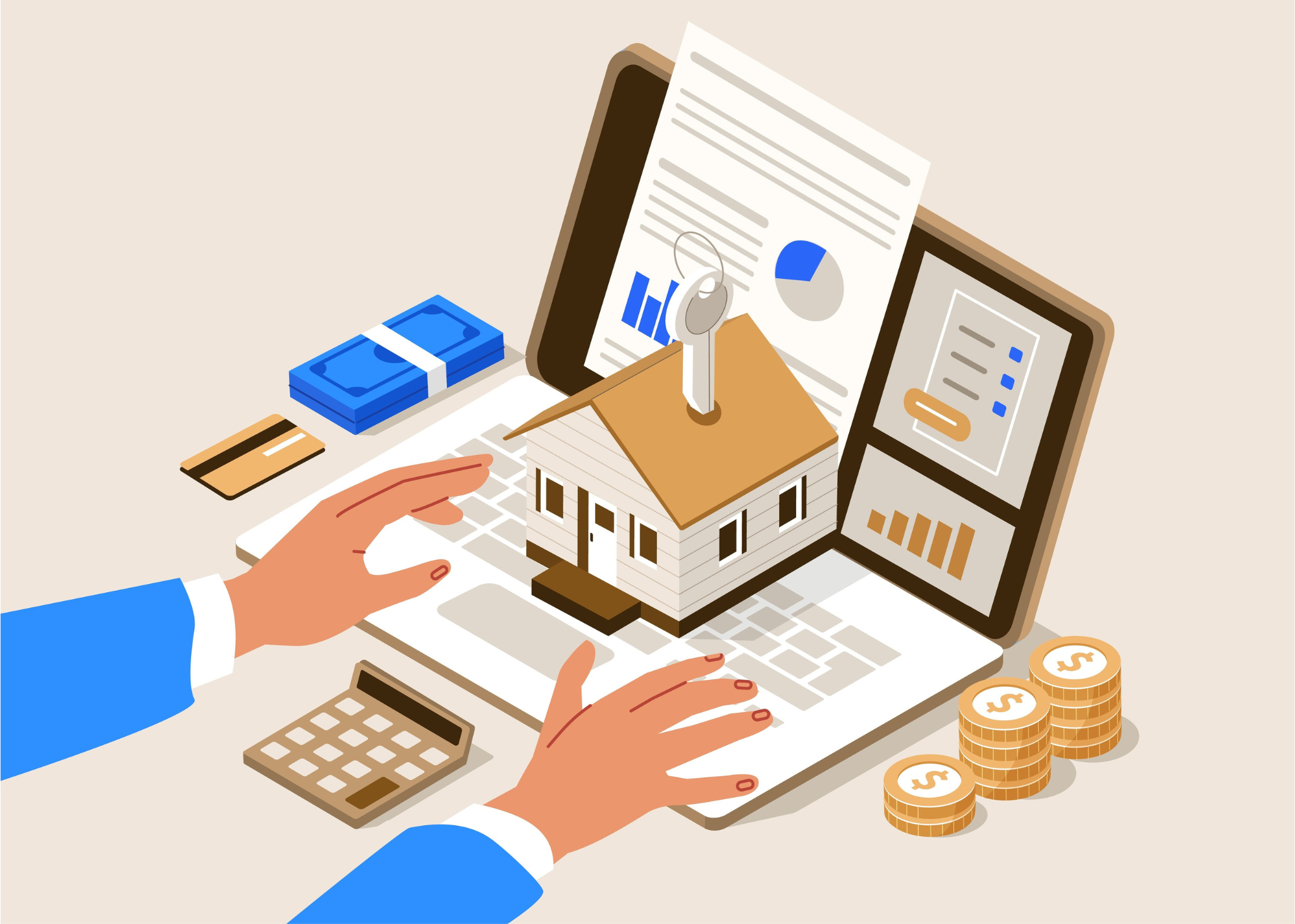Summary: What is a Home Equity Line of Credit (HELOC)?
A Home Equity Line of Credit (HELOC) is a revolving line of credit that allows homeowners to borrow money against the equity they have built in their home. It can be used for renovations, repairs, debt consolidation, investments or other financial goals. A HELOC works similarly to a credit card — you can borrow, repay and borrow again within your limit — but it is secured by your property.
Understanding how a HELOC works — including how your home equity is calculated, how interest is charged and what lenders look for — can help you decide if it’s the right borrowing option for your financial goals.
What is Home Equity?
Home equity is the portion of your property that you truly own. It represents the difference between your home’s current market value and any outstanding mortgage or loan balances secured against it.
To calculate your home equity, subtract your total mortgage balance from your home’s market value. For example, if your home is worth $400,000 and you owe $150,000 on your mortgage, your available home equity is $250,000.
How Does a HELOC Work?
Once you understand what a HELOC is, the next step is knowing how it works. A HELOC gives you flexible access to the equity in your home, allowing you to borrow as needed up to a set limit.
In Canada, most lenders allow total borrowing (your mortgage plus HELOC) of up to 80% of your home’s value. For example, if your home is worth $400,000 and your remaining mortgage balance is $150,000, you could qualify for a HELOC of up to $170,000. To estimate this, multiply your home’s value by 0.80 and subtract your mortgage balance — the remainder is your available equity.
When you access funds from a HELOC, you only pay interest on the amount you borrow, not the full credit limit. HELOC rates are usually variable and tied to your lender’s prime rate (for more on the prime rate, click here!), which means they can change over time.
You can draw from your HELOC whenever you need funds, repay what you’ve used, and then borrow again — giving you continuous access to credit without reapplying. Many homeowners use HELOCs to finance renovations, consolidate debt, or invest, since it provides flexibility and generally lower interest rates than unsecured loans or credit cards.
If you’re deciding if a HELOC is right for you, here are some advantages and disadvantages of using a HELOC:
HELOC Advantages:
- Access cash at a low price: Interest rates on HELOC mortgages in Canada can be lower than for other types of loans.
- Flexible access to cash: With a mortgage, everything is fixed, but with a HELOC, once you’ve negotiated the line of credit amount, you can go up to that limit whenever you want.
- Stay in your home and keep your equity: You can continue to live in your home and maintain ownership in an asset that can go up in value.
HELOC Disadvantages:
- Need to qualify: HELOC mortgages in Canada are designed for people with sufficient income to pay at least the interest on a monthly basis. This means that income-strapped individuals (retirees, for example) may not qualify even with a lot of home equity.
- Requires monthly payments: You will need to make monthly interest-only payments, but in order to start paying down your balance, you need to also make at least the minimum monthly principal payment.
- Penalties for missing payments: There can be penalties for missing a payment on your HELOC, including having your loan called. With that said, it’s important to keep in touch with your lender during financial difficulties to assess your options.
- Additional fees: In order to get a HELOC, you may be required to pay appraisal fees, application fees, and legal fees.
- Potential interest rate increase: Since the interest rate for a HELOC is variable, your interest will increase if the prime interest rate goes up.
For more in-depth information on HELOCs, check out this great resource put together by The Financial Consumer Agency of Canada (an official agency of the Government of Canada).

